- No.609, Centre Of Huijin Nanxiang, Yinxiang Road, Nanxiang Town, Jiading District, Shanghai, China
- sherry@sanmachines.com
- +86-18616767021
What is Robotic Welding and How Does It Work?
What is Robotic Welding and How Does It Work?
There are a number of key drivers behind the expansion of robotic welding. First and foremost, industrialization is growing at a rapid pace throughout the world, especially the automotive and metal industries. There is also an increase in customer demands, and many manufacturers can’t keep up.
Robotic welding assists both manufacturers and the customer in creating more efficient processes. On the supply chain, robotic welding provides the following advantages:
· Increased speed and improved accuracy of operations in warehousing and manufacturing
· Improved efficiency through robot and human collaborative working
· Reduced risk of employee injury
Automation is the way of the supply chain future. It decreases long-term costs, provides labor and machinery utilization stability, increases productivity, reduces error rates and frequency of inventory checks, and optimizes the component picking and sorting process.With robotic welding, OEM suppliers move seamlessly into the future.
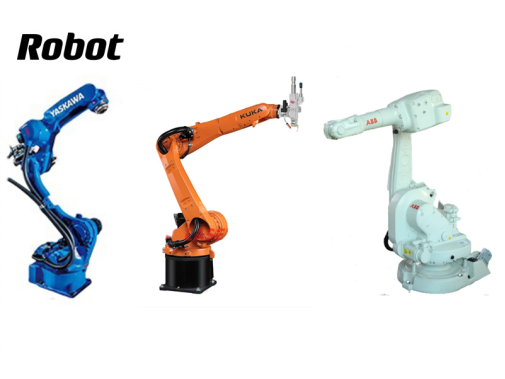
What Is Robotic Welding?
Robotic welding is a manufacturing process that uses mechanized programmable tools (which are also considered robots)for a completely automated welding process in which both the welding and the handling of the part are conducted by the robot. Typically, loading the ingot into the furnace is the only human involvement in the process.
Robotic welding has become increasingly more popular because of its mostly human-independent process. The most commonplace robotic welding machinery is made up by two main components:
· The mechanical unit creates manipulations in the material or parts to create the component or product.
· The controller is considered the unit’s “brain” in that it is what makes the arms of the unit move based on a design implemented into the system.
The movements of the unit can either be pre-programmed or guided by machine vision, which is an imaging-based automatic inspection and analysis technology. A unit might also be programmed with a combination of the two methods.
Ultimately, the many benefits of robotic welding have enabled many OEMs to increase accuracy, repeatability and throughput.
Related product links


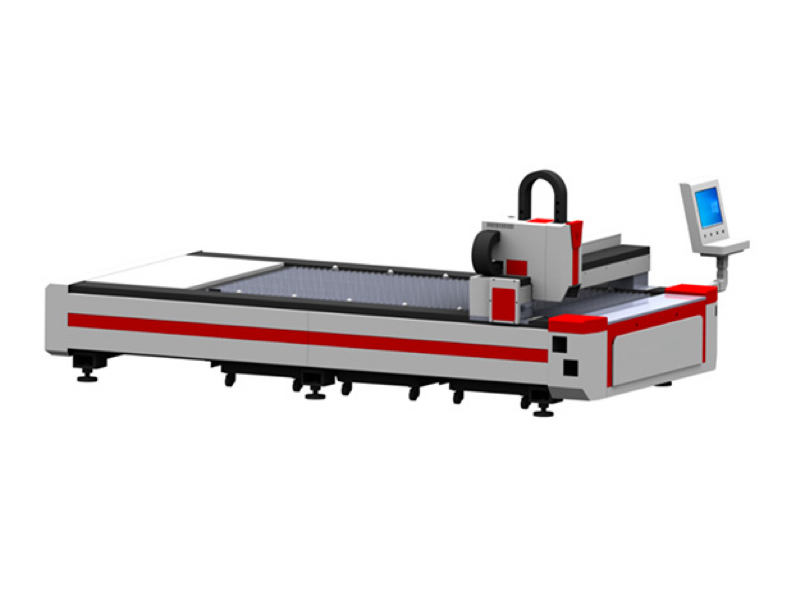
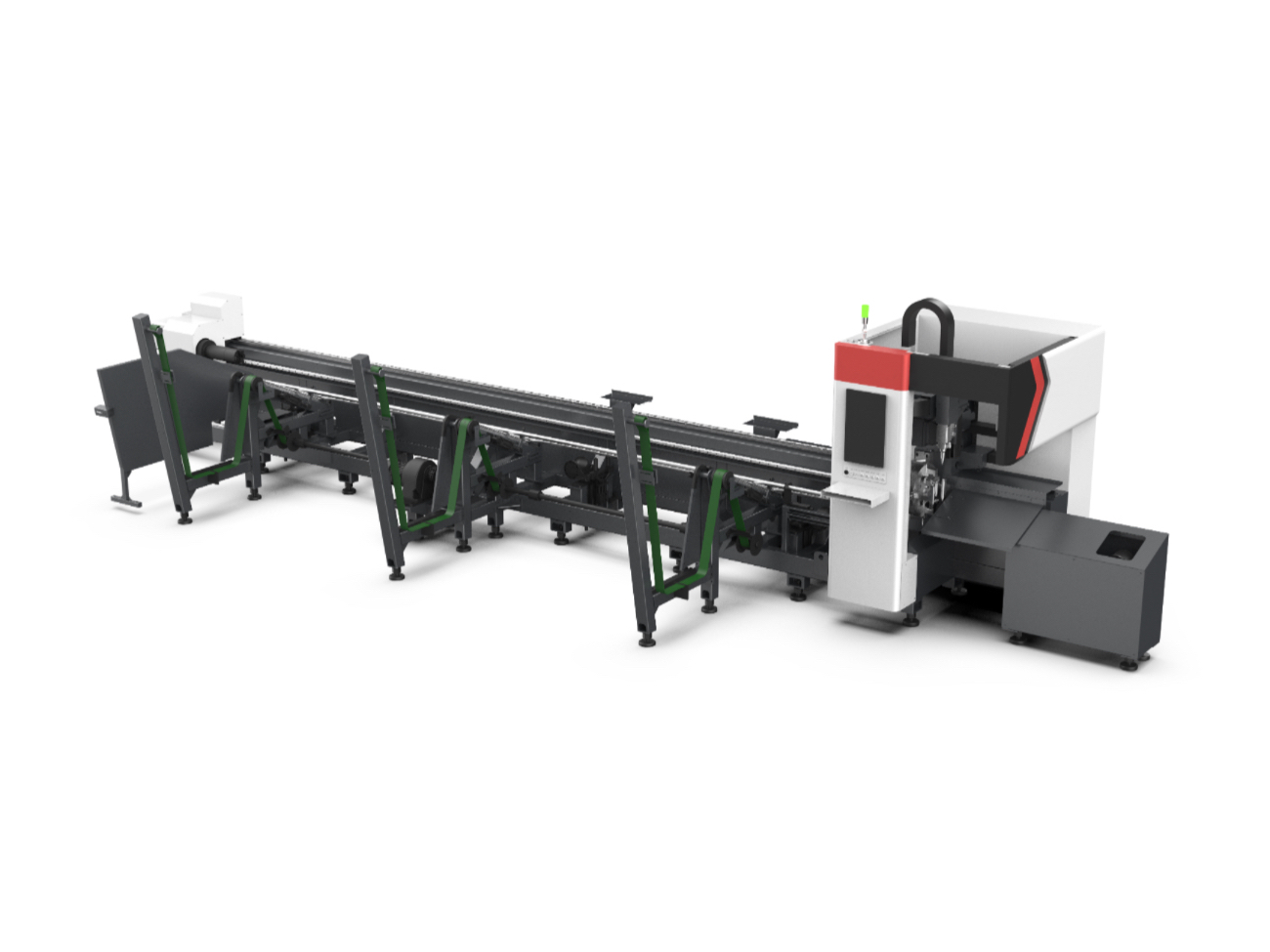
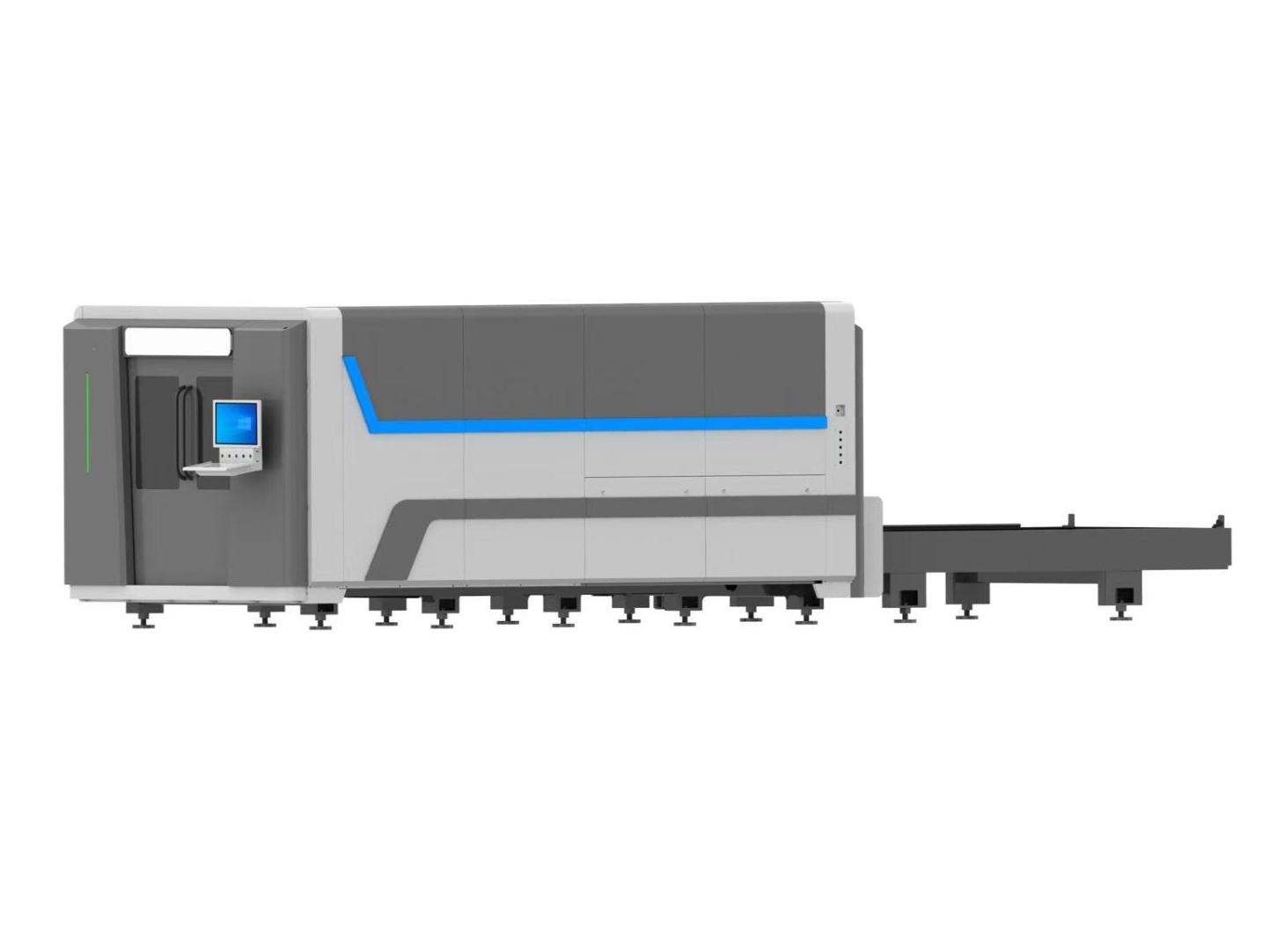

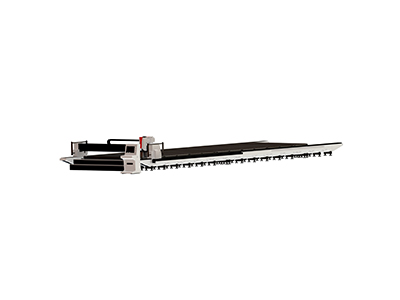
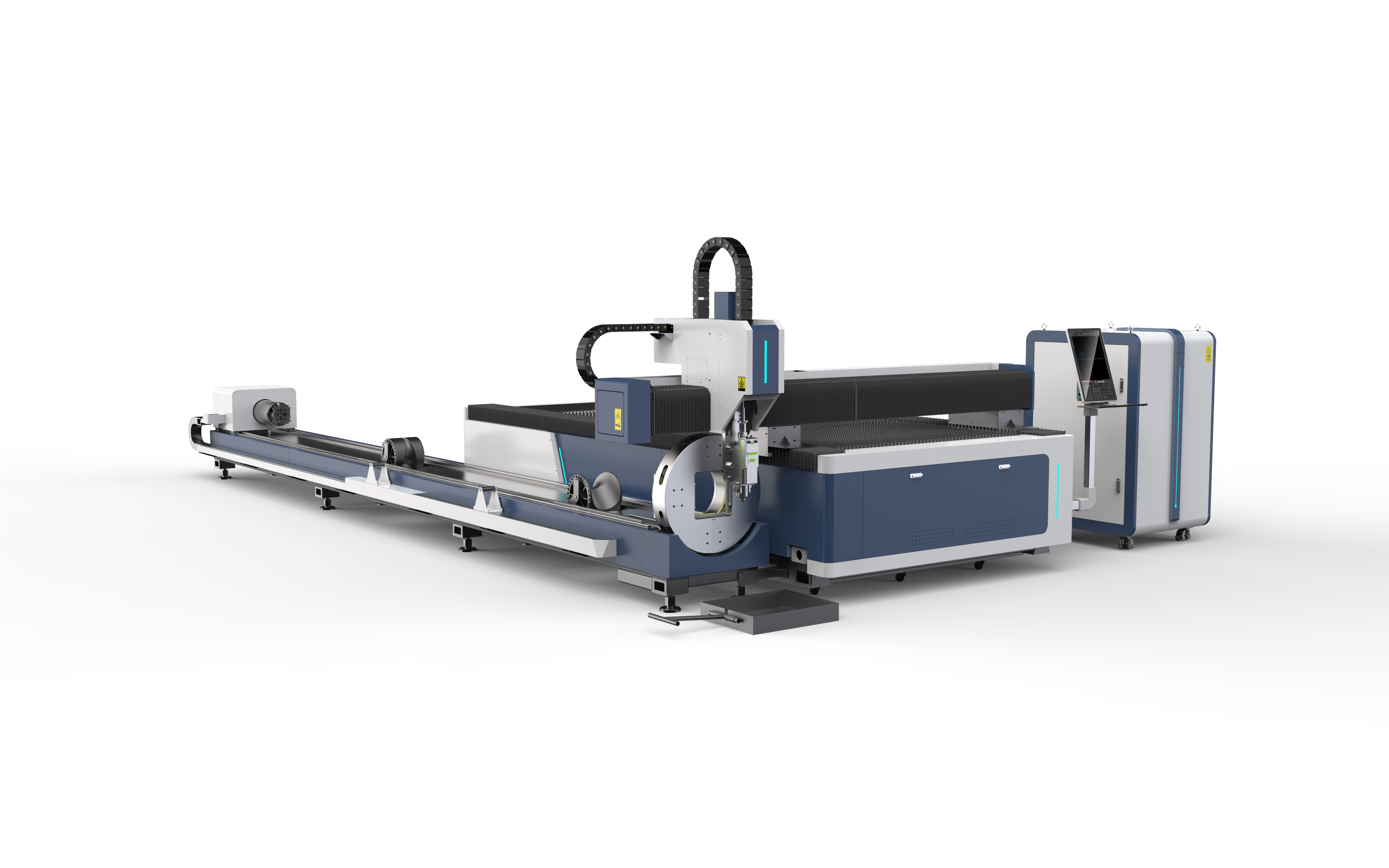
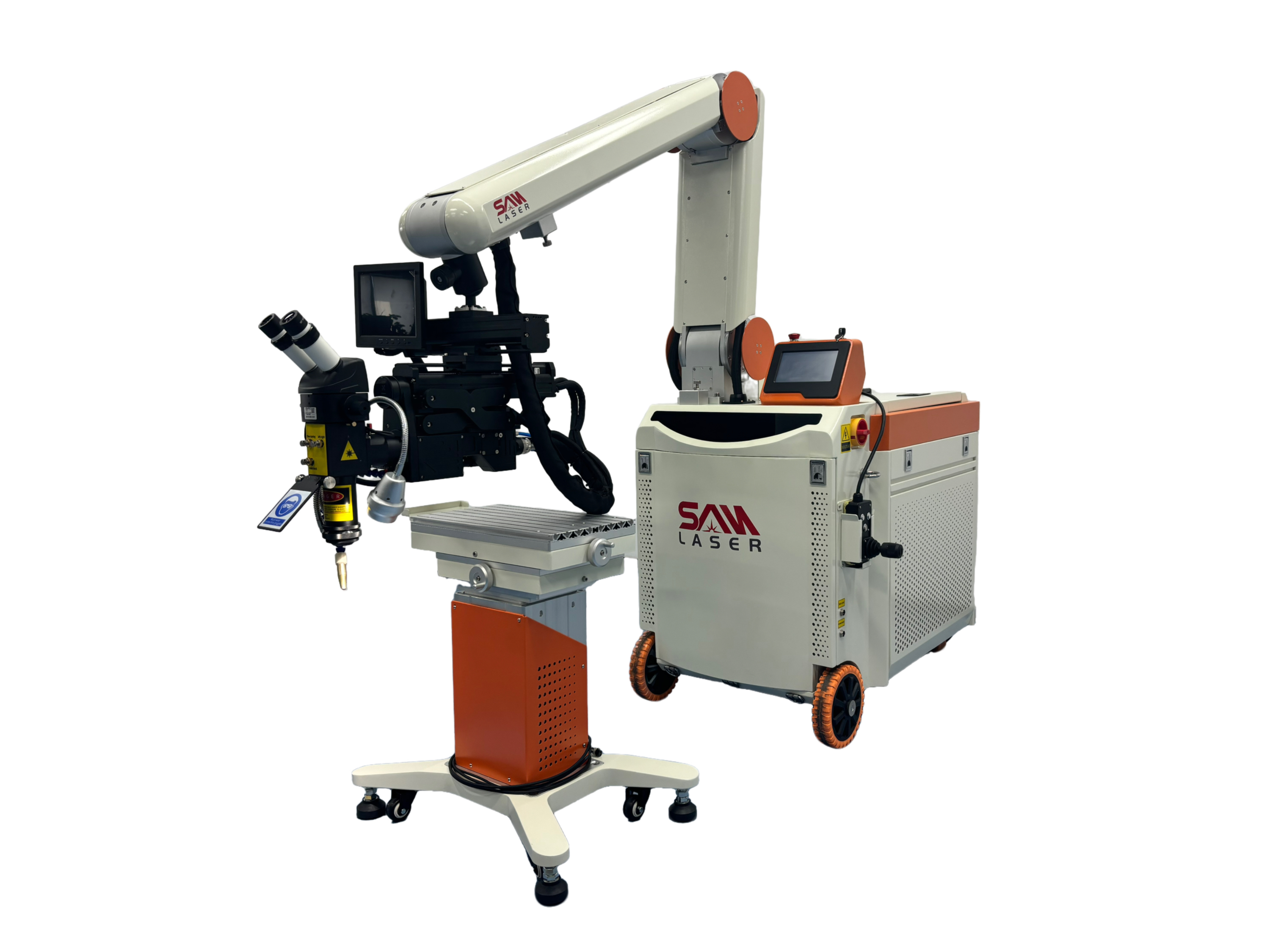
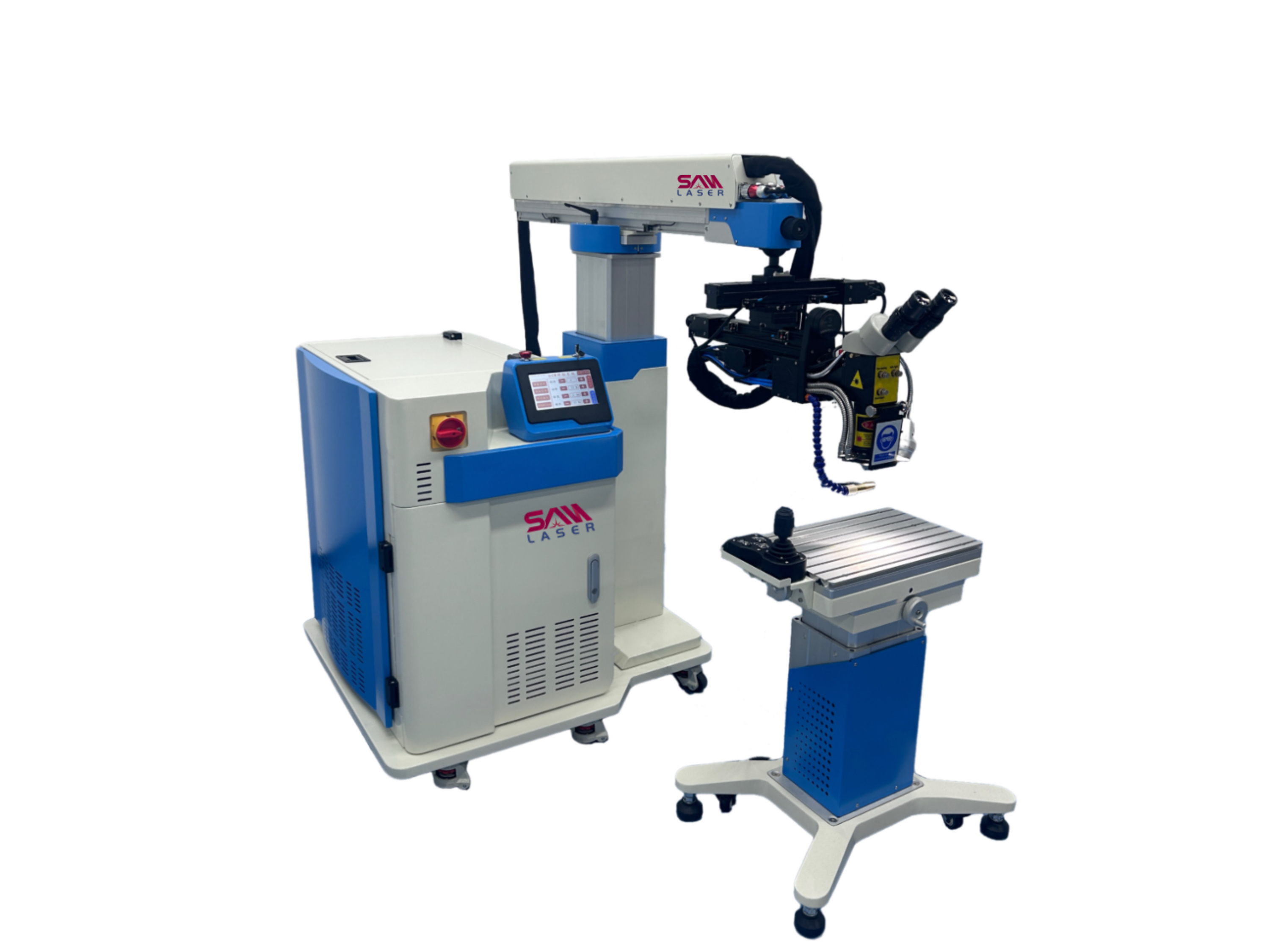
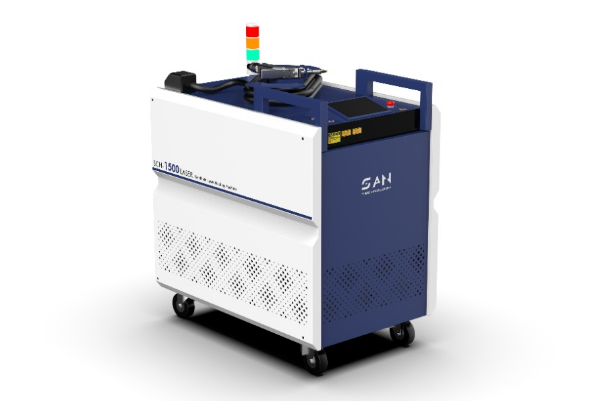
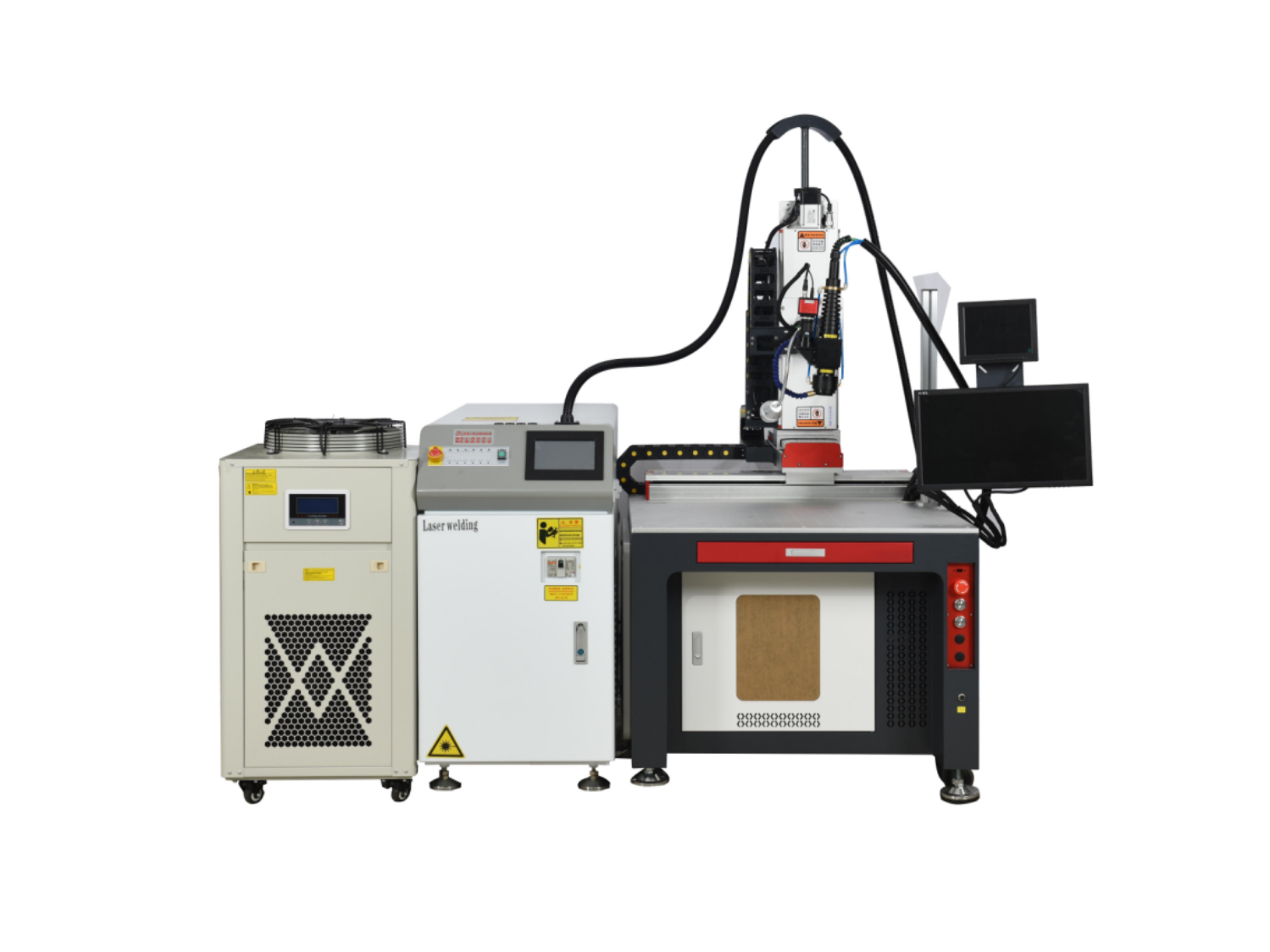
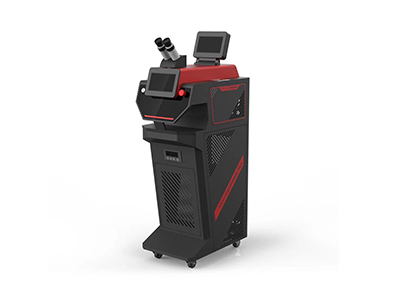
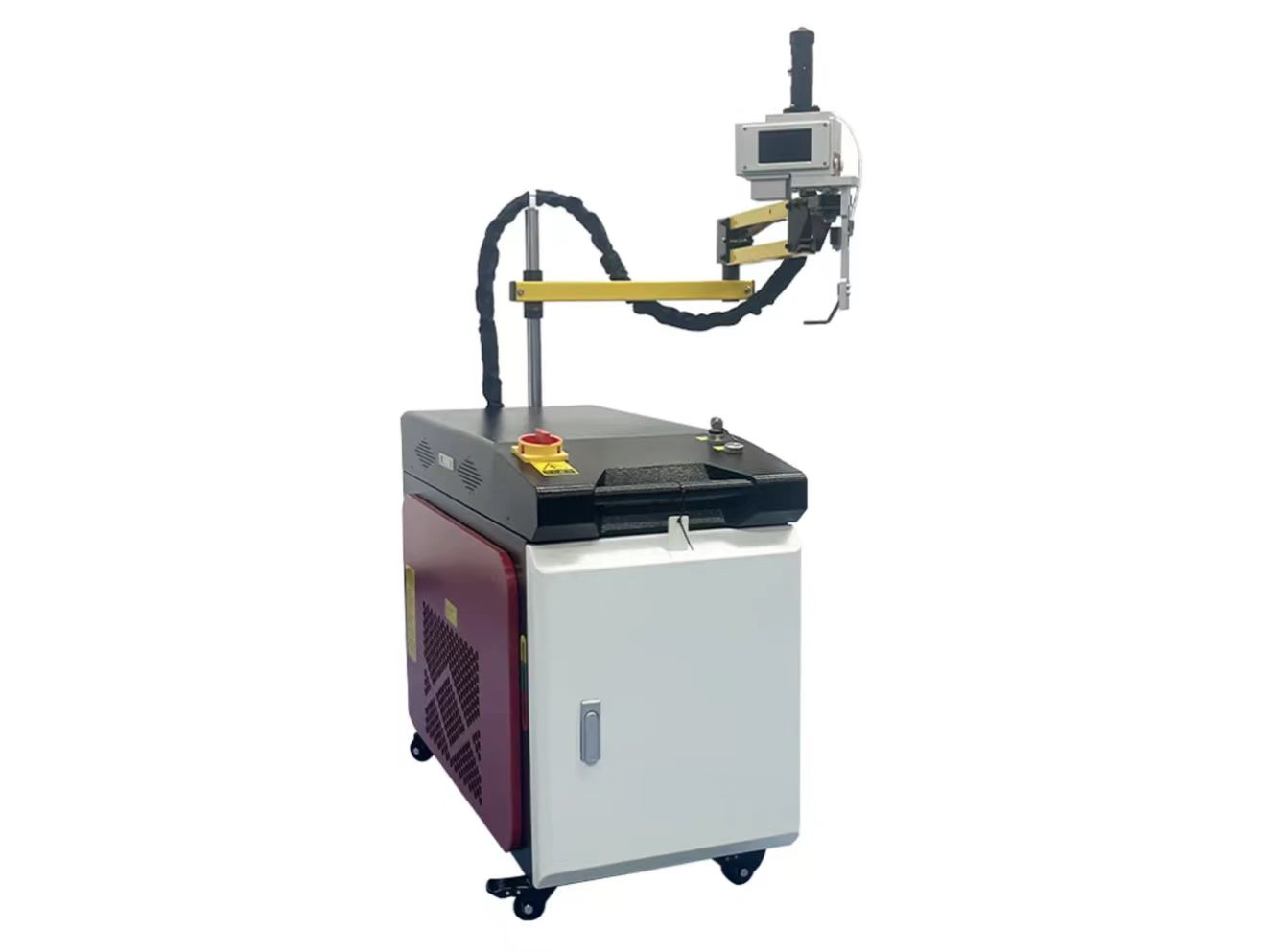
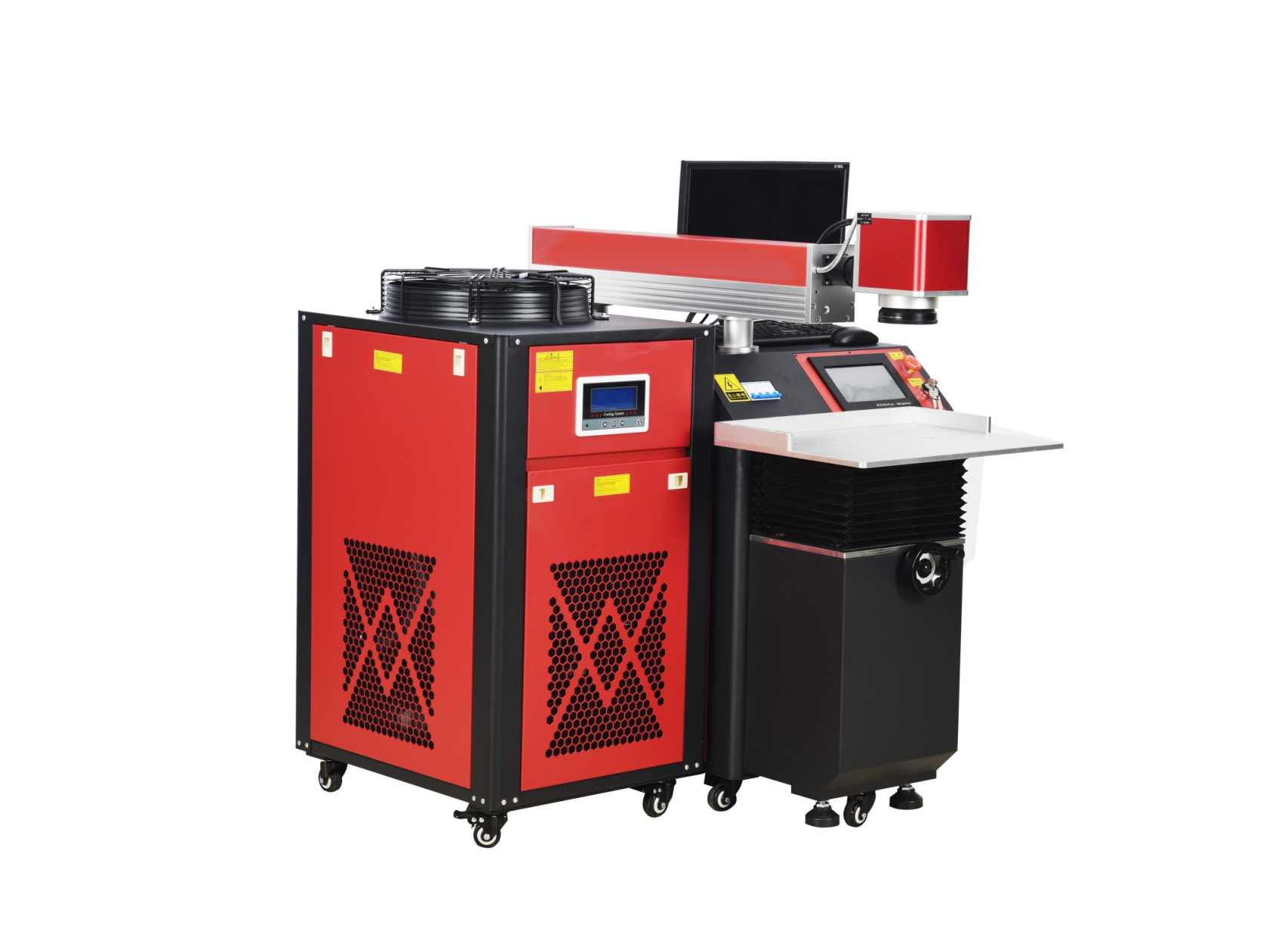
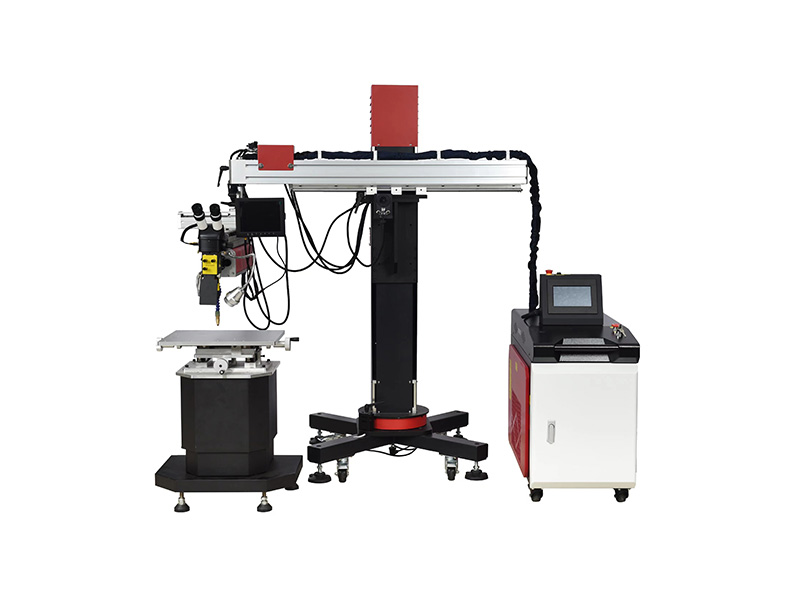
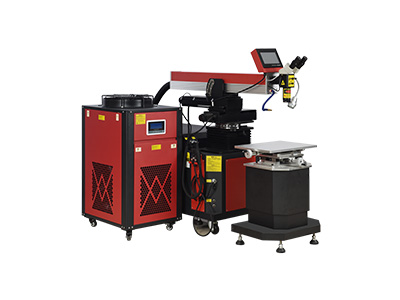

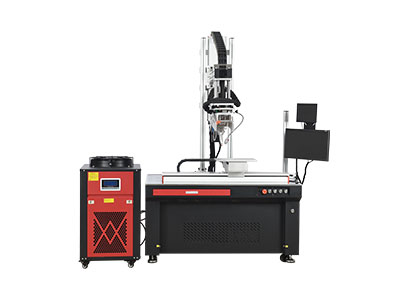
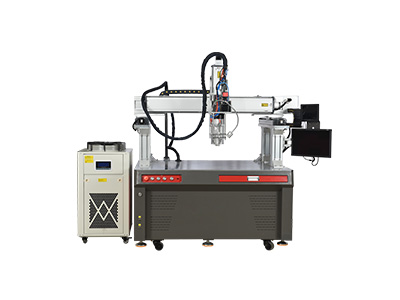
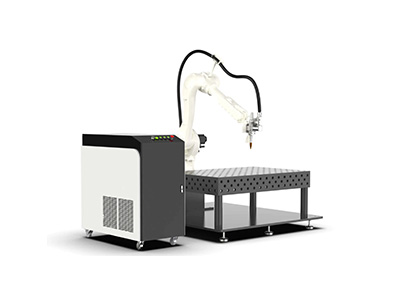
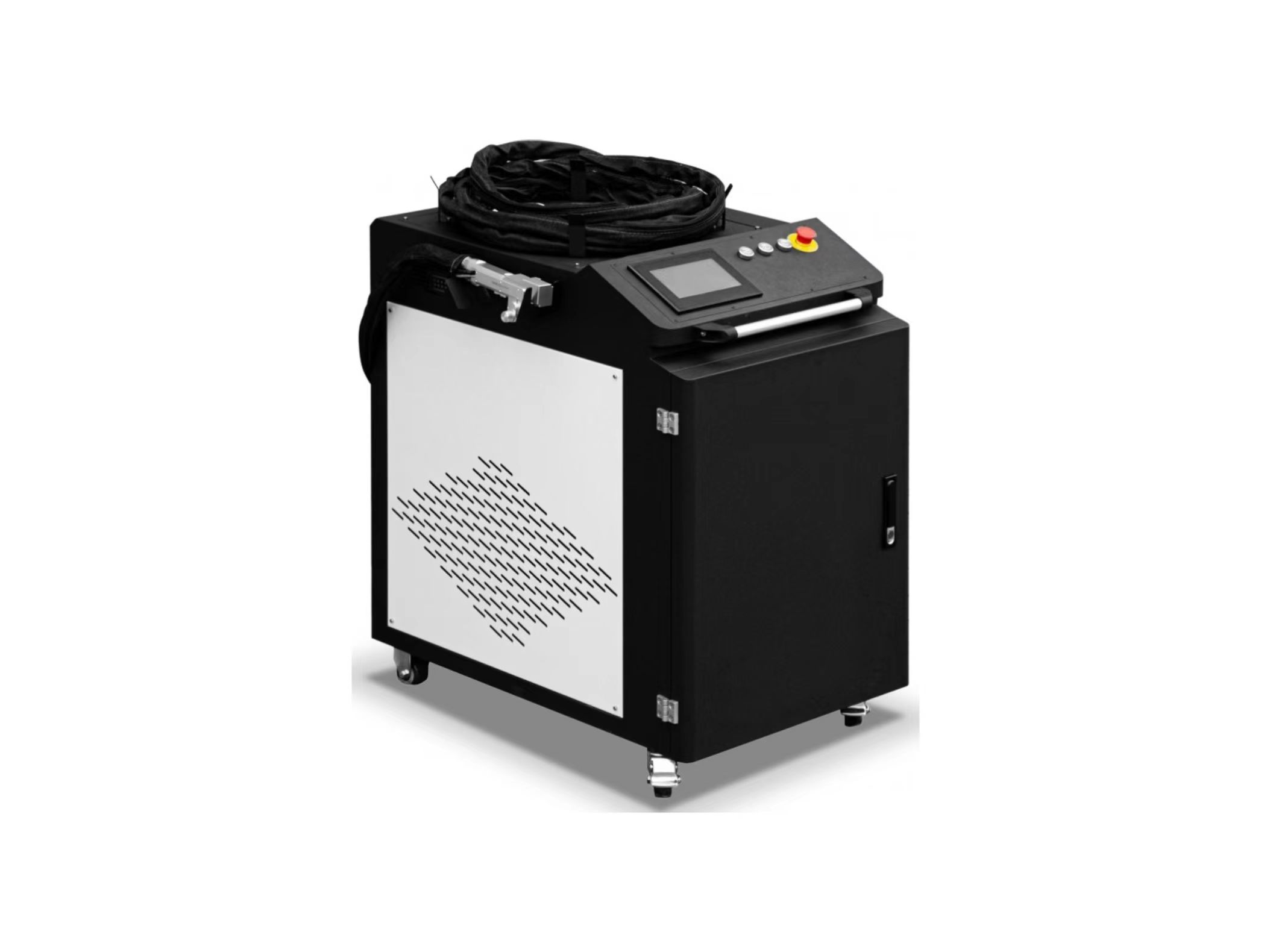
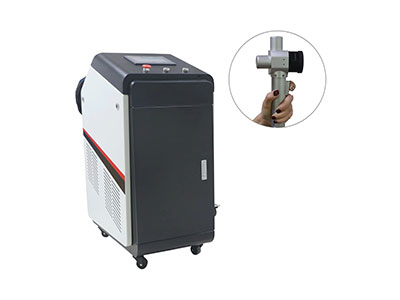
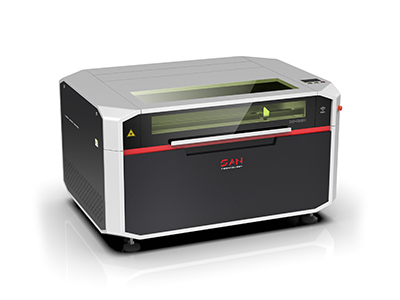
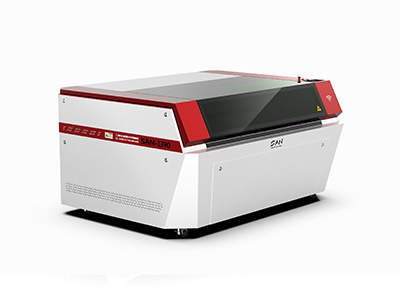
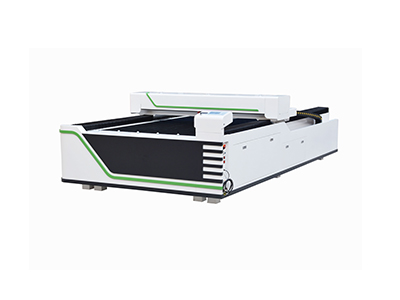
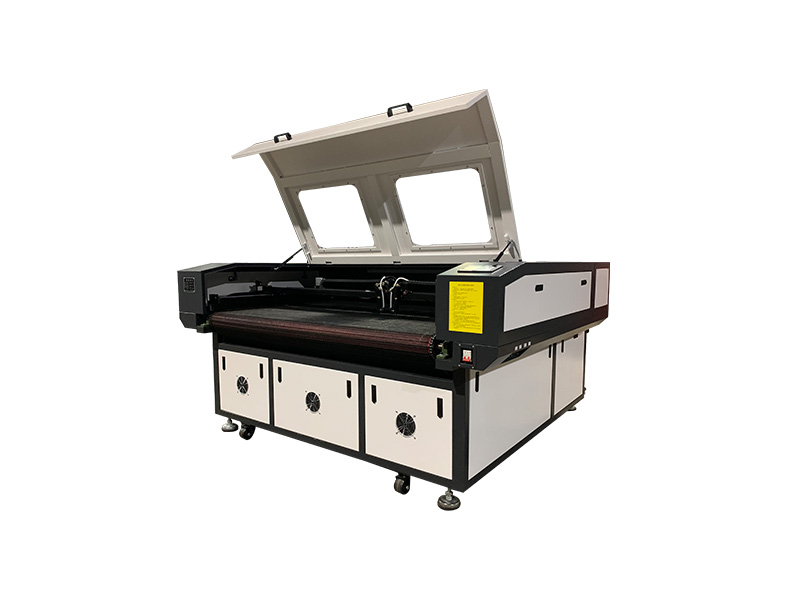
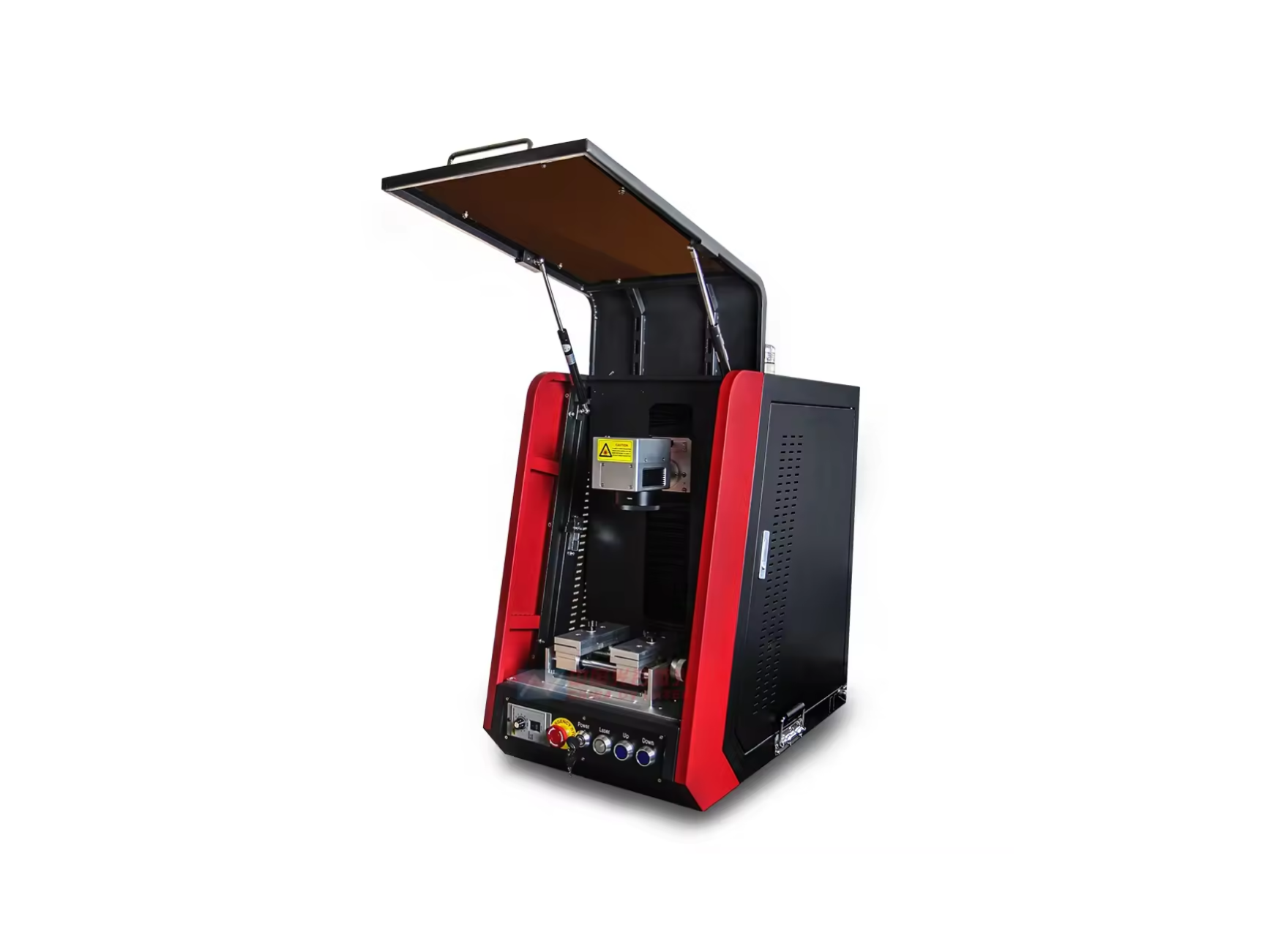
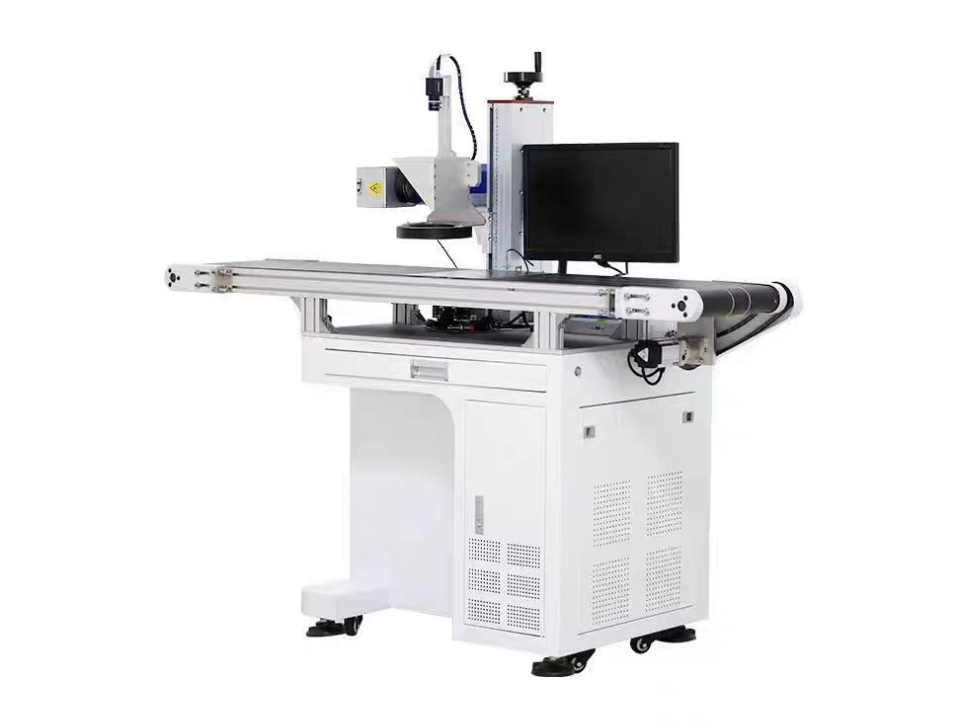
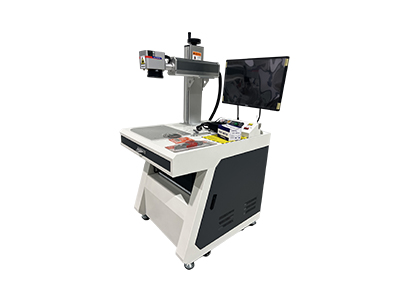
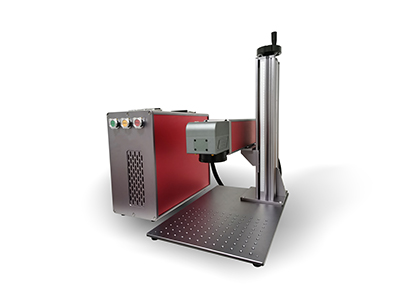
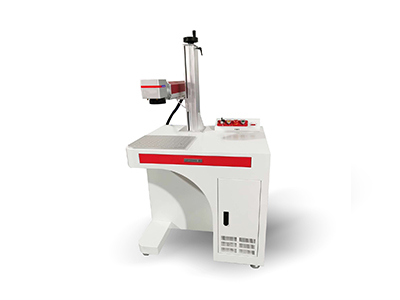
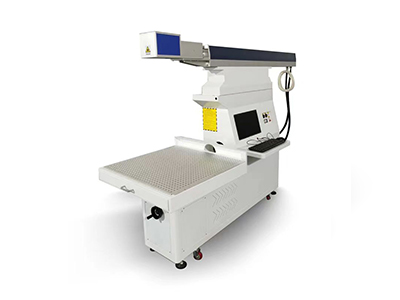
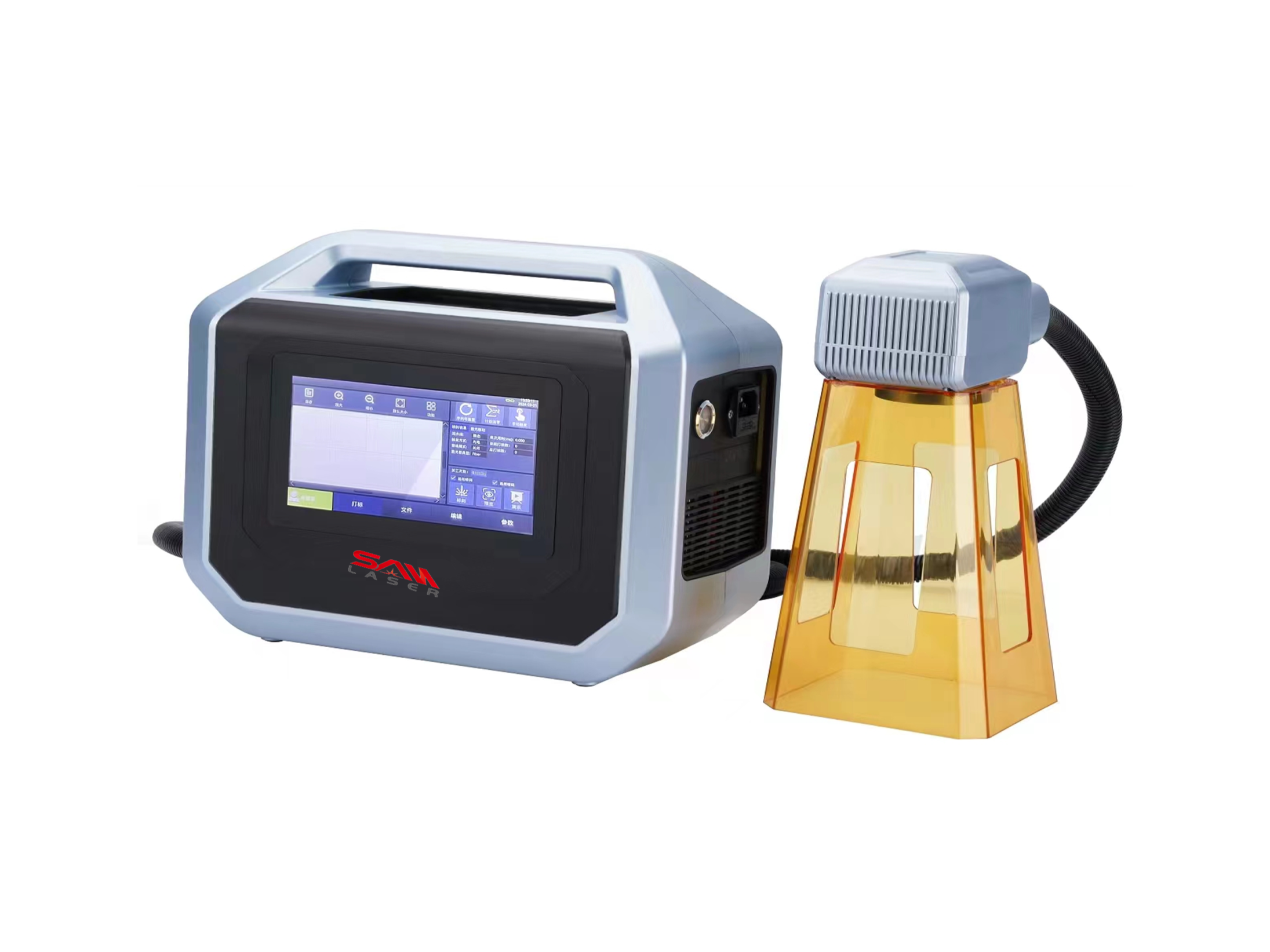
 Welder News
Welder News




